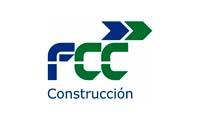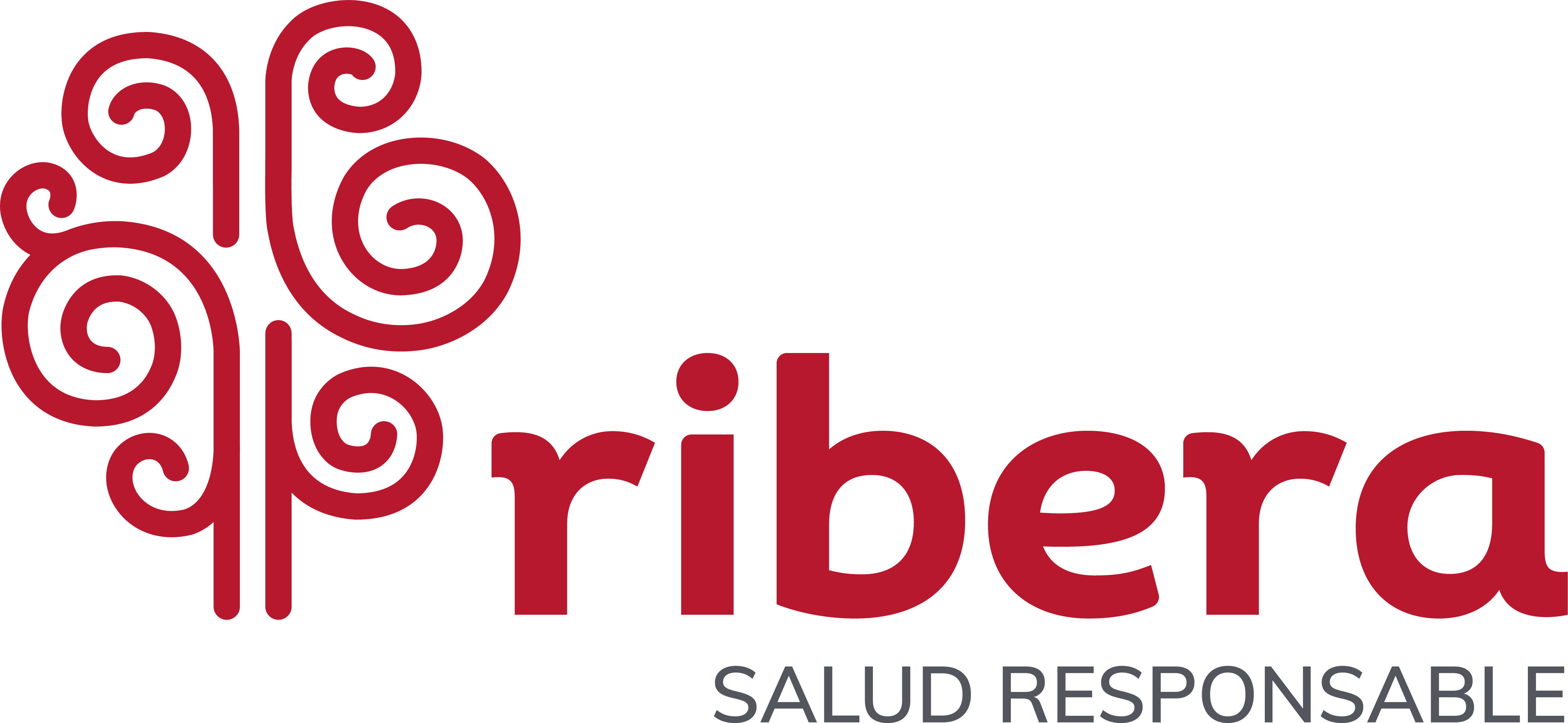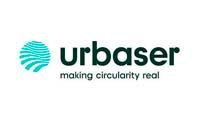En el marco del evento «Proyectando un futuro sostenible», organizado por la Fundación Hazloposible, en el que varios expertos, como el profesor Agnis Stibe, TEDx. Ex alumno del MIT y Director del Programa de Inteligencia Artificial y Profesor de Transformación en EM Normande Business School hablaron sobre las últimas tecnologías al servicio de lo social. Agnis Stibe explicó la tecnología aplicada a la brecha digital y contrato social; y el hiperrendimiento sostenible con inteligencia artificial humana.
¿Cómo hacer uso de las tecnologías al servicio de lo social?
La tecnología ha sido y será siempre una herramienta, como un martillo. La gente puede decidir qué hacer con ella. Golpear clavos o romper ventanas. Por tanto, es nuestra elección utilizar las tecnologías para el cambio social, o no.
Las tecnologías nos sirven para lo que nosotros les decimos que hagan. Si la tecnología es pro-social, eso significa que la gente estaba decidiendo e implementando este propósito. Lo mismo ocurre con lo contrario, con los efectos negativos de las tecnologías sobre las personas.
Por lo tanto, son las personas las que diseñan las tecnologías para el bienestar de otras personas, o en contra del equilibrio social. Siempre somos nosotros los que tomamos las decisiones, y la tecnología es sólo una herramienta. Así que, ¿nos ponemos de acuerdo para elegir sabiamente?
¿Qué objetivos se pretenden alcanzar proyectando un futuro sostenible en la sociedad?
En general, las personas y las sociedades quieren vivir mejor. Los propósitos al comienzo de un nuevo año son la prueba más convincente de ese deseo. También las empresas se fijan objetivos para tener un mejor rendimiento en cada ejercicio siguiente.
Entonces, ¿por qué no siempre llegamos a los resultados esperados? En muchos casos, se debe a una conciencia limitada. Y a la comprensión de cómo todo está entrelazado y relacionado en el mundo.
Lo mismo ocurre con las decisiones cotidianas relacionadas con la sostenibilidad. Las personas y las organizaciones no siempre son plenamente conscientes de cómo sus acciones y elecciones están relacionadas con un futuro sostenible en la sociedad.
Una vez que se adopta esa mentalidad holística, cada decisión puede tomarse en una mejor alineación con la búsqueda general de la sostenibilidad. El papel de la tecnología es ayudar a mantener esa trayectoria de toma de decisiones más coherente.
¿Cómo se aplica la tecnología a la brecha digital y al contrato social?
Cuanto más avanzada es la tecnología que desarrollamos, más cerca nos permite ver nuestra naturaleza humana con todos sus efectos secundarios, tanto positivos como negativos. Como un enorme espejo de alta resolución, por ejemplo, la inteligencia artificial está revelando algunos lados más oscuros de los humanos. Especialmente, la intención de ganar más abusando de grupos sociales desprotegidos.
Por supuesto, no todo es malo. También tenemos mentes extremadamente brillantes y bondadosas. Como muchos saben, el antiguo símbolo del yin y el yang retrata cómo las polaridades en la vida pueden ser complementarias, en lugar de opuestas. Teniendo esto en cuenta, podemos volver a plantear las cuestiones relacionadas con la brecha digital y el contrato social.
Como toda tecnología es sólo una herramienta, aunque muy poderosa, puede ayudarnos a minimizar la brecha digital y a fortalecer los contratos sociales previstos. Ni que decir tiene que también puede hacer exactamente lo contrario. De nuevo, nosotros, como humanidad, podemos decidir qué queremos en el futuro.
¿Qué interés tiene promover el hiperrendimiento sostenible con la inteligencia artificial humana?
El hiperrendimiento es un estado de rendimiento cuando todo el pensamiento humano inútil se minimiza o se elimina por completo. Como los pensamientos que distraen, las malas ideas, las actitudes negativas, las opiniones contraproducentes, los prejuicios, los sesgos, etc.
El hiperrendimiento va más allá de los enfoques tradicionales de añadir más habilidades, formación, educación, práctica, etc. ¿Por qué? Porque aborda las cuestiones más esenciales en el núcleo de las organizaciones de bajo rendimiento y las sociedades desequilibradas. Cuando se les pregunta, la mayoría de los directores de organizaciones y líderes sociales estarían de acuerdo en que lo que necesitan es un hiperrendimiento. El único problema es que a menudo no tienen suficientemente claro cómo conseguirlo de forma sostenible. Por ello, la inteligencia artificial entra como uno de los colaboradores más potentes. Especialmente, los mayores resultados son posibles con el equilibrio adecuado de inteligencia artificial humana.
¿Cuáles son los beneficios y las ventajas de proyectar un futuro sostenible a través de latecnología?
Si alguien aún no tiene claro cuál es el papel del pensamiento sostenible en nuestro futuro, permítanme citar una frase que descubrí hace poco.
«No hay empleos en un planeta muerto». Con esta cita suelo empezar mis charlas. La falta de esta conciencia es el problema. El único problema de fondo. Por supuesto, podemos colocar cualquier otra palabra en lugar de empleos. El mensaje clave seguirá siendo el mismo.
Este problema de falta de conciencia también está relacionado con que la gente no tiene ni idea de su propósito en la vida. O una cuestión más genérica de cuál es el sentido de la existencia. Por eso, a menudo prefiero contar historias sencillas.
Hace muchos siglos, la Tierra era una bola de fuego. Luego se enfrió y surgieron las primeras condiciones para una vida orgánica. ¿Y qué fue? Sí, organismos unicelulares. ¿Cuánto duró su vida? ¿Tal vez algunas horas o días? Eso es todo. Suponiendo que hubiera una pequeña fracción de Inteligencia, los organismos unicelulares no estaban contentos con una vida tan disparada. Así, pensaron en juntarse para formar organismos multicelulares. ¿Por qué? Para vivir más tiempo.
Ahora, avanzando rápidamente, y hoy aquí estamos, una de las vidas multicelulares más avanzadas de la tierra. Incluso si nos remontamos a los últimos siglos, podemos ver un evidente aumento de la vida media en el planeta en la mayoría de las sociedades. Entonces, ¿no es esto sencillo? Sí, lo es. Pero entonces, ¿por qué es tan difícil conocer esta verdad fundamental y tomar nuestras decisiones teniéndola presente?
Esta historia trata de enfatizar y posicionar la sostenibilidad en su lugar correcto: en el centrode nuestra supervivencia y prosperidad en el futuro como humanidad en la tierra. Y las tecnologías siempre han estado a nuestro servicio para ayudarnos a avanzar de forma más eficiente.
Las innovaciones tecnológicas avanzadas pueden ser muy útiles para lograr muchos de nuestros objetivos deseados. Como, por ejemplo, mantener la conciencia del papel esencial de la sostenibilidad en nuestras sociedades. Proporcionar bucles de retroalimentación instantánea sobre nuestros comportamientos, para que podamos aprender y adaptarnos rápidamente.
Descubrir formas mejores y más eficientes de entender cómo los seres humanos pueden cambiar la sostenibilidad. Diseñar innovaciones que aprovechen el equilibrio de la inteligencia artificial humana para acelerar el hiperdesempeño social hacia un futuro sostenible.
Compartimos la entrevista en inglés
How to make the use of technologies to serve the social?
Technology has been and always be a tool. Just like a hammer. People then can decide what to do with it. Hit nails or break windows. So, it is our choice to use technologies for social change, or not.
Technologies are serving us for what we tell them to do. If technology is pro-social, that means people were deciding and implementing this purpose. The same is true also for the opposite, negative effects of technologies on people.
Thus, it is people designing technologies for the wellbeing of other people, or against the social balance. We are always the decision-makers, and technology is only a tool. So, shall we agree to choose wisely?
What objectives are intended to be achieved by projecting a sustainable future in society?
Generally, people and societies want to live better. The resolutions at the beginning of a new year are the most convincing evidence of that desire. Also, companies set goals to be better performing every next financial year.
So, why are we not always getting to the expected outcomes? In many cases, it is because of limited awareness. And understanding how everything is intertwined and related in the world.
The same applies to everyday decisions related to sustainability. People and organizations are not always fully aware of how their actions and choices are connected to a sustainable future in society.
Once such a holistic mindset is embraced, every decision can be made in a better alignment with the overall pursuit of sustainability. The role of technology is to help keep such a decision-making trajectory more consistent.
How does technology apply to the digital divide and the social contract?
The more advanced technology we develop, the closer it allows us to see our human nature with all its positive as well as negative side effects. Like a huge high-resolution mirror, for example, artificial intelligence is revealing some darker sides in humans. Especially, the intention of gaining more by abusing unprotected social groups.
Of course, not everything is evil. We also have extremely bright and caring minds. As many know, the ancient symbol of yin and yang portrays how the polarities in life can be complementary, rather than opposing. With that in mind, we can revisit the questions related to the digital divide and social contract.
As any technology is only a tool, a very powerful though, it can help us minimize the digital divide and strengthen envisioned social contracts. Needless to say, it can do the exact opposite as well. Again, we as mankind can decide what do we want in the future.
What is interested in promoting sustainable hyper-performance with human artificial intelligence?
Hyper-performance is a state of performance when all the useless human thinking is minimized or removed completely. Such as distracting thoughts, bad ideas, negative attitudes, counterproductive opinions, prejudices, biases, and alike.
Hyper-performance goes beyond traditional approaches of adding more skills, training, education, practice, and so on. Why? Because it addresses the most essential issues at the core of underperforming organizations and unbalanced societies.When asked, most organizational managers and social leaders would agree that hyper-performance is what they need. The only problem is that they often don’t have enough clarity on how to achieve it sustainably. Therefore, artificial intelligence comes in as one of the most potent collaborators. Especially, the greatest results are possible with the right balance of human artificial intelligence.
What are the benefits and beneficiaries of projecting a sustainable future through technology?
If anyone is still unclear of what is the role of sustainable thinking in our future, let me quote a phrase that I discovered recently. “There are no jobs on a dead planet.”
With this quote, I usually begin my keynotes. The lack of such awareness is the problem. The only core problem. Period! Of course, we can place any other word instead of jobs. The key message will remain the same.
This unawareness problem also is related to people being clueless about their purpose in life. Or a more generic question of what the meaning of existence is. Therefore, I often prefer to tell a simple story.
Many millennia ago, the earth was a ball of fire. Then it cooled down and the first conditions for an organic life emerged. So, what was it? Yes, single-cellular organisms. How long was their life? Maybe some hours or days? That’s it. Assuming there was a tiny fraction of Intelligence, the single-cellular organisms were not happy about such shot life. Thus, they thought of getting together to form multi-cellular organisms. Why? To live longer.
Now, fast forward, and today here we are, one of the most advanced multi-cellular lives on earth. Even looking back to the last centuries, we can see an obvious increase in the average lifespan on the planet in most societies. So, isn’t this straightforward? Yes, it is. But then, why is it so hard to know this fundamental truth and make our decisions by keeping it in our minds?
This story is all about emphasizing and positioning sustainability in its right place — at the core of our survival and prosperity in the future as mankind on earth. And technologies have always been at our service to help us move forward in more efficient ways.
Advanced technological innovations can be very useful in achieving many of our desired aims. Such as, maintaining an awareness of the essential role of sustainability in our societies. Providing instant feedback loops about our behaviors, so that we can learn and adapt quickly.
Discovering better and more efficient ways of understanding how humans can change sustainability. Designing innovations that leverage a balance of human artificial intelligence to accelerate social hyper-performance towards a sustainable future.
Accede a más información responsable en nuestra biblioteca digital de publicaciones Corresponsables.























